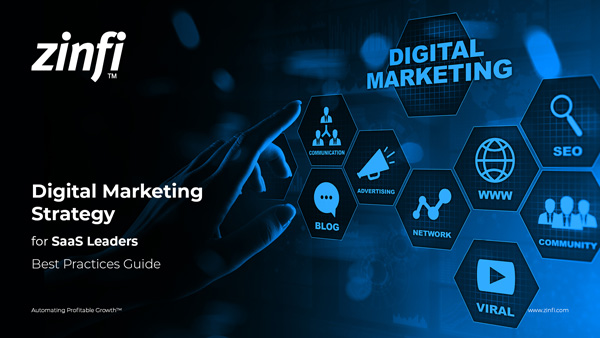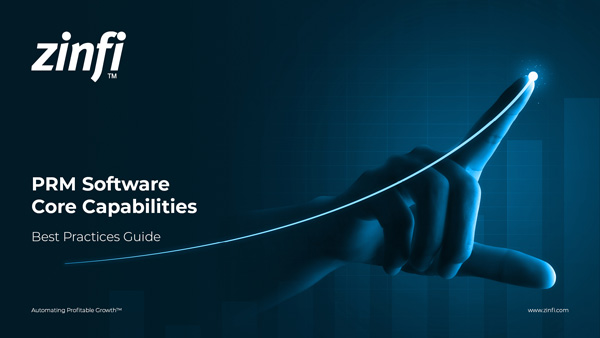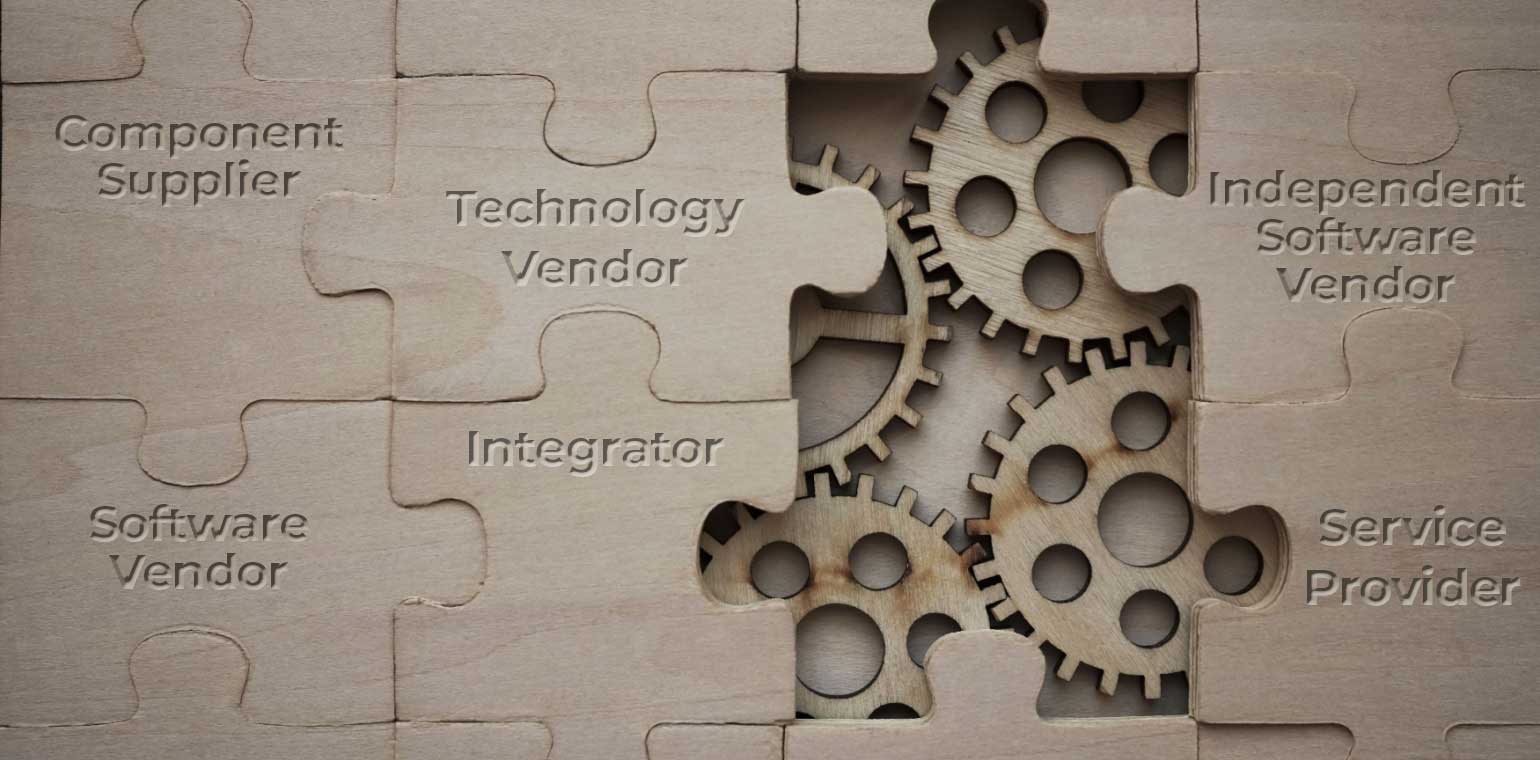Best Practices Articles

How Social Marketing Can Be Antisocial
Over the past five years or so, social marketing has become an incredibly important channel for marketing professionals to get the word out to prospective buyers. While business-to-business (B2B) selling seems to have been around forever as a means of persuading one or more purchasing influencers and decision makers, social marketing has evolved much further. Today it is a multichannel outbound platform that allows a provider to reach many relevant targets by using highly scalable tools and content. However, if not done right, social channels can create more noise than interest, cause confusion and end up damaging the brand rather than creating awareness. To make sure social marketing is not perceived to be anti-social, annoying or confusing, organization needs to deploy a highly focused strategy.
Social marketing is not about setting up a bunch of channels and pushing random third party content via those channels. While promoting other people’s relevant or interesting or even controversial content can augment an organization’s messaging, it is absolutely essential for anyone using social media for marketing to use it highly strategically. The following is a brief summary of how to make social marketing effective without overstepping the mark:
- Build a messaging strategy - Setting up social channels without thinking through your content strategy can create serious confusion and messaging dilution. Think about your channels. LinkedIn content needs to be more professionally focused than information you may share via Facebook (personal) or Twitter (topical) or Pinterest (lifestyle). While you need to think carefully about everything you post online, anything shared via a business-focused channel like LinkedIn requires a degree of strategic analysis to ensure it represents your and your organization in a value added way – as opposed to sharing a news story or an interesting quote via a more social channel.
- Setting up the social channels - It's important to think through the channels that you're going to use for social marketing. The majority of businesses will find value in four channels: LinkedIn, Facebook, Twitter, and Google+. If you're in B2B environment then these should satisfy your requirement to reach out to business targets. As long as you are providing value-added content, then over time you should be able to build a decent sized community of similar-minded individuals that regularly connects and interacts with you.
- Managing customer feedback - About a decade ago, B2B companies managed their brands with an iron fist. The only unregulated area they had to worry about were customer forums, but since those were mostly walled off from the general public, discussions had little impact on other prospects or customers because moderators had control over what was posted. However, things have completely changed over the past decade. Now, everything and anything can appear online without a moderator and companies not aggressively managing and proactively responding to negative customer feedback, without a proper resolution plan, will quickly see their brand go haywire.
- Tying it together - Five core activities - best practices content, customer success stories, company news, customer comments (positive and negative) and industry news – can collectively create a platform for content-based engagement via a variety of social channels. However, in the same way that Public Relations (PR) activities were once previously tightly controlled through a small number of channels but now need to encompass any and all online channels social channel-based prospect and customer engagement needs to be approached holistically.
- Tracking ROI metrics – the PR industry has evolved its method of evaluating ROI, and is now capable of providing not only coverage-based PR metrics, but also ROI metrics from social marketing. However, channel proliferation – the creation of specific channels to promote products or concepts - continues in many companies. While when done correctly, these channels can be useful, they can also lead to fragmentation of marketing effort and an inability to accurately measure ROI. Rather than ultra-fragmenting the medium, it is more valuable to focus content distribution via a few focused channels. This approach can make a significant impact on digital content engagement.
Done correctly - by picking the right messaging strategy, using the right social channels and tracking metrics to focus the conversation with prospects and customers - social marketing can be highly effective. However, overdone, or under-strategized, badly conceived social marketing only creates chatter, noise and confusion. Antisocial in the extreme!
Within this context, it is essential for any B2B technology provider selling though the channel to take a thoughtful, cohesive approach towards rolling out a social marketing strategy. Just adding social syndication tools or web syndication tools for channel partners is not enough. Channel Marketing Automation platforms like ZINFI can help vendors create a global channel marketing infrastructure, allowing partners to syndicate content via their social network. However, effective use of this highly scalable infrastructure requires thoughtful planning and distribution of content by the technology vendor to create genuine value from its distributed digital marketing effort.
Best Practices Guidebook
 Mastering Partner Ecosystems Best Practices
Mastering Partner Ecosystems Best PracticesDownload Guide
 Mastering Partner Onboarding Best Practices
Mastering Partner Onboarding Best PracticesDownload Guide
 Partner Ecosystem Management Best Practices
Partner Ecosystem Management Best PracticesDownload Guide
 B2B Marketing in the Age of Intelligence Best Practices
B2B Marketing in the Age of Intelligence Best PracticesDownload Guide
 Multi-Partner Co-Selling Best Practices
Multi-Partner Co-Selling Best PracticesDownload Guide
 A Guide to Enhance Channel Sales Efficiency
A Guide to Enhance Channel Sales EfficiencyDownload Guide
 Mastering Affiliate Marketing Best Practices
Mastering Affiliate Marketing Best PracticesDownload Guide
 The Ultimate Guide to Channel Partner Management
The Ultimate Guide to Channel Partner ManagementDownload Guide
 Top 10 Trends in 2024 Partner Relationship Management
Top 10 Trends in 2024 Partner Relationship ManagementDownload Guide
 Building Bridges: Best Practices in PRM
Building Bridges: Best Practices in PRMDownload Guide
 Mastering Channel Marketing Best Practices
Mastering Channel Marketing Best PracticesDownload Guide
 Digital Marketing Strategy for SaaS Leaders
Digital Marketing Strategy for SaaS LeadersDownload Guide
 Mastering Partner Management Best Practices
Mastering Partner Management Best PracticesDownload Guide
 Maximizing Efficiency and Cost Savings with Partner Ecosystem
Maximizing Efficiency and Cost Savings with Partner EcosystemDownload Guide
 AI-Driven Partner Marketing Best Practices
AI-Driven Partner Marketing Best PracticesDownload Guide
 Agency Partners Best Practices
Agency Partners Best PracticesDownload Guide
 New Strategies for Channel Management Best Practices
New Strategies for Channel Management Best PracticesDownload Guide
 PRM Software Best Practices & Core Capabilities
PRM Software Best Practices & Core CapabilitiesDownload Guide







